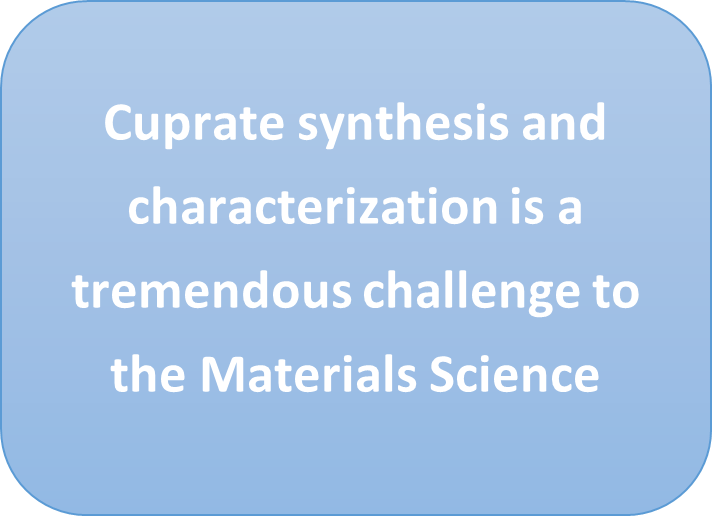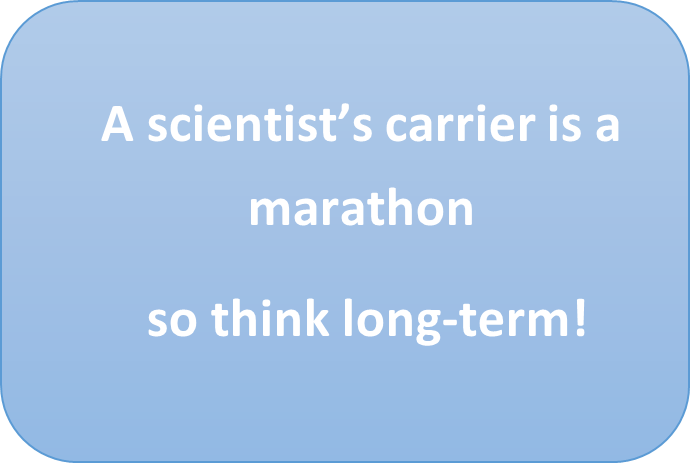 “YUCOMAT – have been able to lure many of the world’s leading scientists in the field. ”
“YUCOMAT – have been able to lure many of the world’s leading scientists in the field. ”
Yale Professor and member of European Academy of Sciences Ivan Bozovic, in an interview for MRS Serbia Newsletter talks about his latest laboratory experiments and developments in cuprate superconductors. .
You are a Group Leader at Brookhaven National Laboratory – one of the best equipped laboratories in the world – for 20 years now. From there how do you perceive other laboratories in the world? Especially in this region and in Serbia?
You are right about the equipment. In my group, we have several unique experimental setups and capabilities that are not available anywhere else, for several reasons. First, it takes years to invent, design, construct, and commission them. Second, the cost for building them is high, in the multi-M$ range for any one of these. Third, to run and maintain such facilities, one not only needs substantial, steady, and long-term inflow of operation funds, but also several professional staff members, Ph.D. physicists with many years of experience, fully committed for a long time. These requirements are prohibitive even at, e.g., the top US universities, and even more in smaller countries. Now, this certainly this gives us some competitive advantage.
What would be your recommendations – as member of both European and Serbian Academies of Science, among others - to small countries like countries of the region on how to improve and what to focus on in their science efforts?
I feel comfortable making two strong recommendations.
First, one should not try to do everything. Rather, one should focus the resources on one or two well-selected research directions. These should be chosen wisely, trying to leverage some local advantages.
Second, one should keep the frontiers open and network as much as possible with the world’s leading centers of research and scholarship. Send the best and the brightest there to apprentice and learn the trade; then make sure they come back and pass the torch.
How would your career have developed, if you stayed in Belgrade?
It would have certainly been very different. I would have chosen to do something that does not rely on major funding and resources. In fact, I started as a theorist, so I would have probably continued with theoretical physics. Whether I would have accomplished more or less that way, is an open question. I remember one of the foremost physicists of the XX century, Pierre-Gilles de Gennes, saying to me that one develops until one reaches one’s own ceiling — and that’s it.
 How your positions as a professor at Yale and Group Leader at BNL complement each other?
How your positions as a professor at Yale and Group Leader at BNL complement each other?
My group at BNL is funded by the US Department of Energy, and it has been focused on the study of cuprate superconductors. Discovered 35 years ago, high-temperature superconductivity in cuprates still present a mystery, one of the most important open problems in Condensed Matter Physics. Because of very complex structure and phase diagrams with many stable and metastable phases, cuprate synthesis and characterization is also a tremendous challenge to the Materials Science. DOE has funded me very generously for many years to pursue this, but they expect a steady output of research results.
My operation at Yale is funded by a private source, the Gordon and Betty Moore Foundation. These GBMF grants are very prestigious and exclusive, with very little strings attached. The GBMF PIs (principal Investigators) are left with a great freedom to pursue “long shots” – highest-impact but high-risk research. I am using this grant for attempts to discover new quantum materials, and notably, new high-temperature superconductors.
What would you recommend to your young colleagues?
In the first stage: build a strong foundation. Learn and understand basic Condensed Matter Physics and Materials Science. Master hands-on the key techniques — structural characterization, microscopy, transport measurements, spectroscopy, cryogenics, UHV, etc. One way or another, get some experience at one of the top research centers.
At the next stage, as an independent researcher: lead, do not follow. Remember that the current fashion will fade away before long and new one will kick in, again temporarily. Instead, set you far-reaching goals and steer steadily in your chosen direction. A scientist’s carrier is a marathon (in my case, over half a century already), so think long-term.
You designed and constructed a molecular beam epitaxy (MBE) system for growing thin films of complex oxide materials and you are a leader in the MBE approach to synthesize complex oxide materials. What is the future of this discovery?
First, there will be further improvements. In fact, I have been implementing some new ideas and solutions in the last year, at both BNL and Yale. We always wish for better control, reproducibility, and uniformity, for higher uptime and throughput, and the capability to engineer the material at ever-finer level.
Second, the technique is being copied and is spreading worldwide. There are now quite a few oxide-MBE systems in US, Canada, Europe, and Asia. A number of these are integrated with advance surface-science tools, like scanning tunneling microscope (STM) or angle-resolved photoelectron spectroscopy (ARPES).
Third, the palette of materials under study will keep increasing. We started with cuprates, but now oxide-MBE is used to synthesize nickelates, titanates, bismuthates, manganates, cobaltates, etc. – and more are coming.
Your work is noted for discoveries, such as interface superconductivity and the giant proximity effect. According to your colleagues these discoveries have only been possible because of your pioneering development of exquisite control in materials synthesis. You made your discoveries on the machines that you designed? What are you designing these days?
At BNL, I am experimenting with new complex oxides, some of which do not and cannot exist in nature, because they are not thermodynamically stable, and can only be assembled atomic-layer-by-layer, as metastable compounds.
At Yale, we are synthesizing new quantum materials. We have already reported discovery of two new phases of borophene – two new allotropes of elemental boron. We will report another discovery, of a different and new quantum material, in near future. The ultimate goal, in both cases, is discovery of new high-temperature superconductors.
You have presented over 300 invited conference talks and colloquia. Among many awards you also received from MRS-Serbia the Award for a Lasting and Outstanding Contribution to Materials Science and Engineering. How do you compare YUCOMAT to other conferences?
YUCOMAT has been my favorite in many ways — for its scientific content, people, and location. Professor Uskokovic and his team of conference organizers have been able to lure many of the world’s leading scientists in the field, so there is always much to learn, at the top level. The conference venue, in the Bay of Kotor, is really unique in Europe. And then, it is always an occasion to reconnect with old friends and former students, as well as meeting new people, including young stars and future leaders of the field.
Any chance that you could surprise us and show up at this year’s YUCOMAT?
I have a lot on my plate and the realities of life sometimes prevail. But I have always been an eternal optimist, so maybe, if the winds turn favorable.


